Words mean power. When you use the right words in your direct mail, you can enlighten minds, move hearts, and open wallets.
Many marketers start by basing their copy on a formula called AIDA, which stands for:
Attention
Interest
Desire
Action
What AIDA Does
It means that as a copywriter (or even designer), you should structure your words and then get your audience to follow specific stages in your direct mail that leads to them taking action.
Some keywords and phrases are time-tested — they’ve proven to be successful in driving response. At Who’s Mailing What! we use Optical Character Recognition (OCR) in our scanning process to get the most out of each mail piece, including text. We are in the process of building an algorithm that will give you a data-powered analysis of each mail piece and insights as to the best-performing key phrases in different verticals.
You know how keywords on a website can be optimized to improve that page’s visibility in a Google search? Subconsciously — or maybe not so subtly — the words you choose in your direct mail work the same way with AIDA. When you have quality keywords at every stage of the decision-making journey, you improve the chances of your mailing’s success.
Let’s take a look at how the AIDA formula can be applied to keywords in a typical direct mail piece.
A — Get Attention
This is the best place to start for lots of reasons. You need to grab the attention of readers with something that stands out from the rest of their mail, either because it’s in large type, or it’s surrounded by white space to focus the reader’s eyes. For example, a headline in large type on a postcard or teaser copy on the front of an envelope.
But not just any copy will do. You need to say something that in a word or two is meaningful, important, or vital to your intended audience. If you know who your audience is, you’re already ahead because you know what makes them tick, what motivates them, what speaks to their wants and needs, and their pain (or pleasure) points.
According to our analysis of keywords, “special offer”, “free shipping” (see example from Wayfair below), and “special gift” are three of the most common phrases you’ll see on mail pieces, regardless of industry category or selected direct mail format.
Some other top examples from our analysis that are more specific: “best checking account”, “best auto insurance”, and “great deals” (see example from Wayfair below).
The idea here is simple: to stop your prospect in their tracks with a copy that they can easily read and associate with the product or service you’re selling. And the name of your company — the familiarity or authority that it carries — can also play a big role. Interrupting their train of thought with a simple term or phrase comes first, while the actual details, such as features, benefits, pricing, and other “fine print” come later.
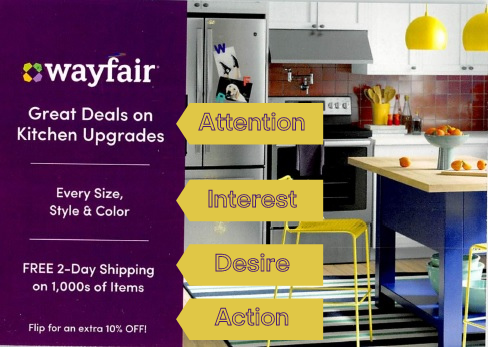
I — Create Interest
The hook that stops the customer from tossing your direct mail piece into the recycling bin must be followed up by copy that tells a story, or establishes a need. Drilling down into the details of their questions, their problems, or challenges shows that you understand them, and establishes trust.
The key here is to keep the prospect engaged, to provide more reasons for them to continue reading and thinking about their problem, as well as start to consider your solution as you unroll it.
The analysis of our keywords offers some good examples. Phrases like “more options” (see LA Fitness example below) and “unlimited access” give the customer enough information to focus on what they may be missing that your product or service can provide. They’re ideal when used as a subhead, with more details described nearby.

D — Develop Desire
At this stage of the journey, you want to begin providing more specific reasons for your customer to say “yes” to your offer. You’ll need to get granular, describing features of your product or service more as specific benefits that will not only solve a problem but also make them feel better. The intention here is to break down any rational resistance your prospect may have, to become more irresistible.
To do that, let’s look at some keywords from in our database that are intended to increase desire.
“Free special report” …”free economy ticket” … “Free WiFi” (see Norwegian Cruise Line example below) — well, “free” is an incredibly powerful word, especially when paired with a specific detail that ups the ante for your prospect doing business with you. “Limited edition” is like “limited time” — it implies scarcity or exclusivity of your product or service, as well as a deadline for ordering.

A — Propel Action
So you’ve moved past capturing your prospect’s attention to building their interest and ratcheting up their desire. Now it’s time for the final step: to get them to buy. Tapping an emotional driver in the copy can help you to trigger action.
Your call-to-action must be absolutely unmissable in your direct mail piece. As with your attention-getting headline, consider larger type or other tactics to tell them what to do next or even as soon as possible. Whether it’s a phone number, a website, a QR code to scan, or a physical address, if you confuse them — you lose them. Be direct!
Some examples: “Call [phone number] today!”; “Go to [web address] to start your free trial”; “See our reopened store at [street address]”. In the Duluth Trading Co. catalog example below, the customer is directed to the location of the nearest store and given a 20% off discount card to bring with them.

Final Thoughts
AIDA provides you a framework for your sales content. Using keywords at key points to persuade customers (or donors for a cause) is an art — one that takes considerable talent and time to develop.
Even with that, it’s important to remember one key rule: keep your focus on your audience, not on yourself. As you help them move from prospect to customer, they should be able to answer: “What’s in it for me?”










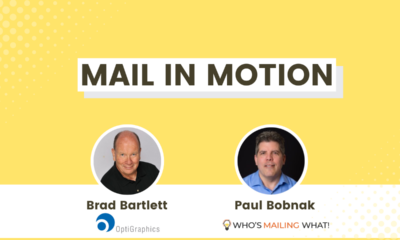
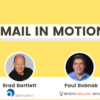








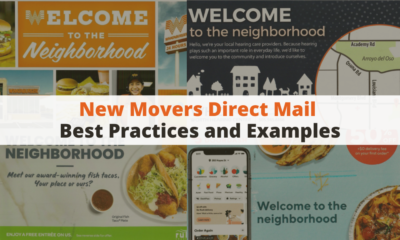



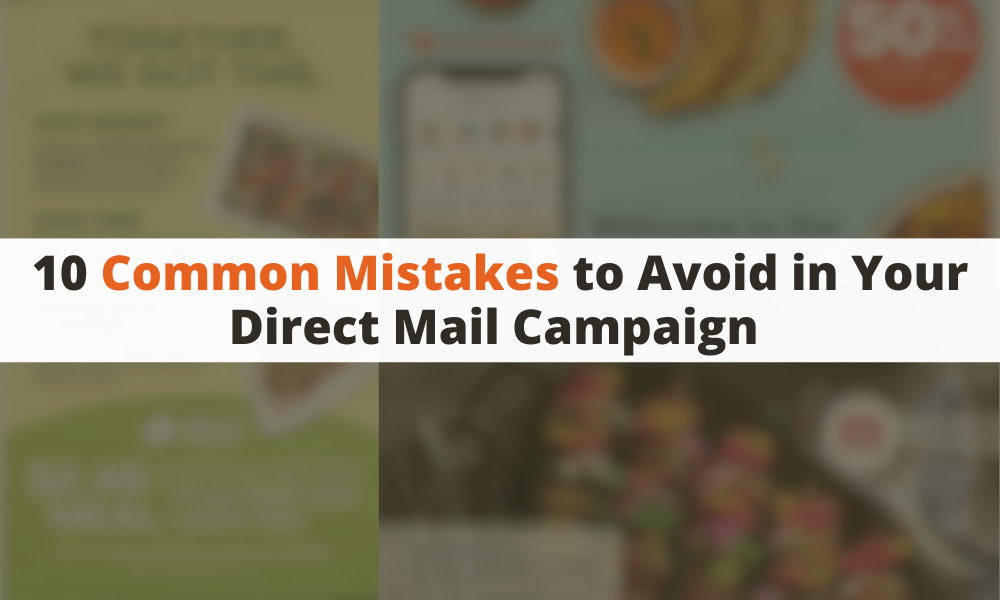
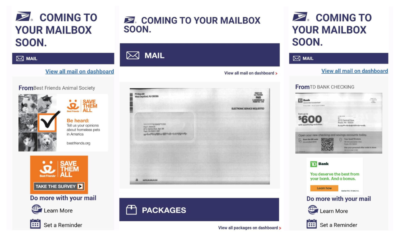
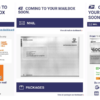
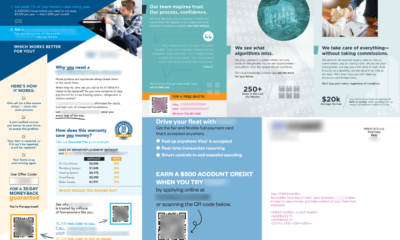
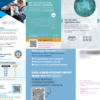
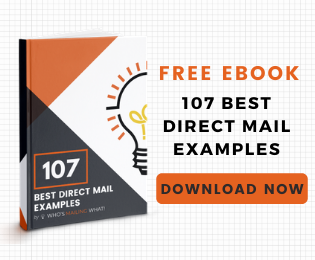
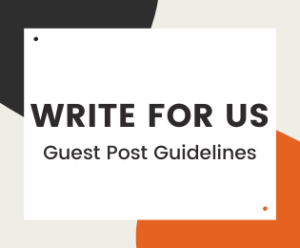





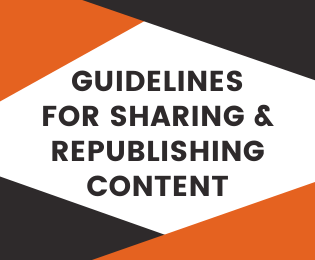

marco
October 7, 2020 at 10:01 am
about the part “desire” of the aida scheme i suggest to be more emotional . for instance the gym may suggest that more training means to become more attractive ; the cruise can suggest that you might meet lovely people, etc etc
wmwadmin
October 7, 2020 at 10:37 am
Great point! The purpose of the “desire” part is to illustrate how your product or service will fulfill your prospect’s needs, and tapping an emotional driver could be a great tactic. Here you can read in detail how to use emotions in your copy: https://whosmailingwhat.com/blog/emotional-marketing-using-emotions-in-direct-mail-copy/
Pingback: Persuasive Copywriting Tips for Successful Direct Mail Campaigns – tips.marketing